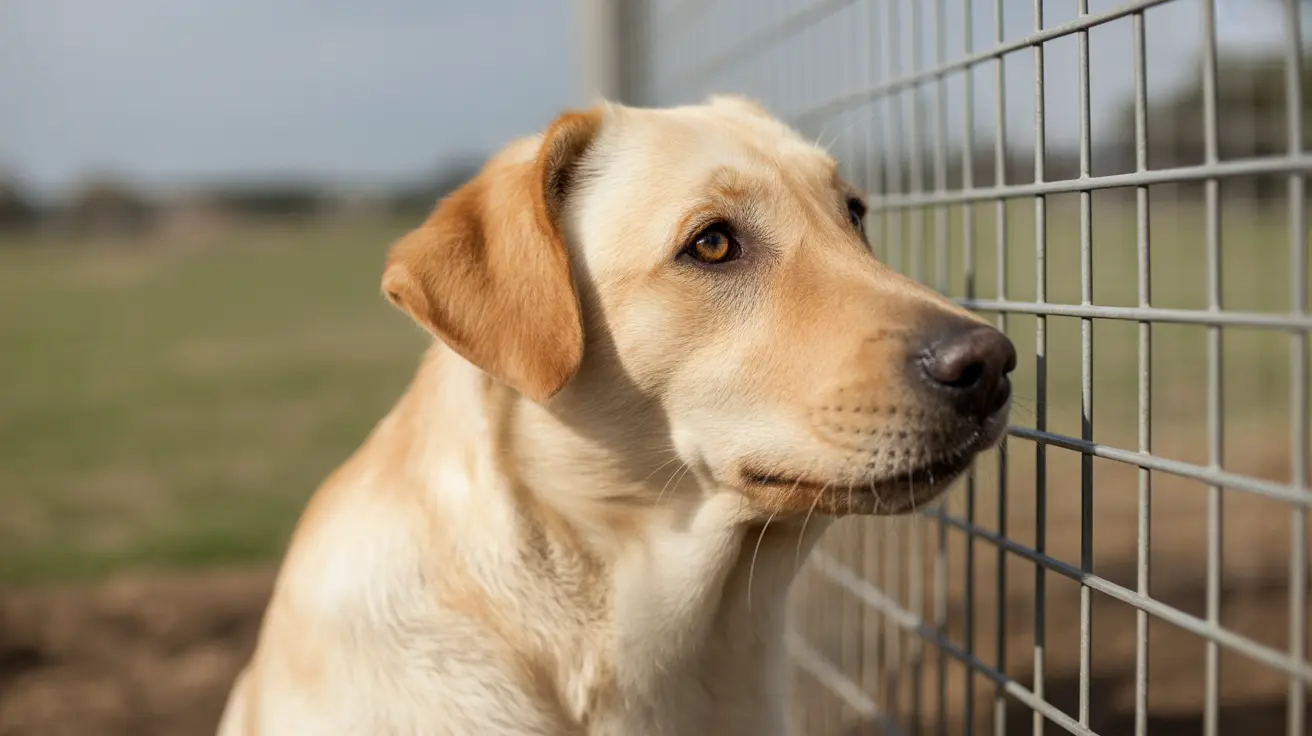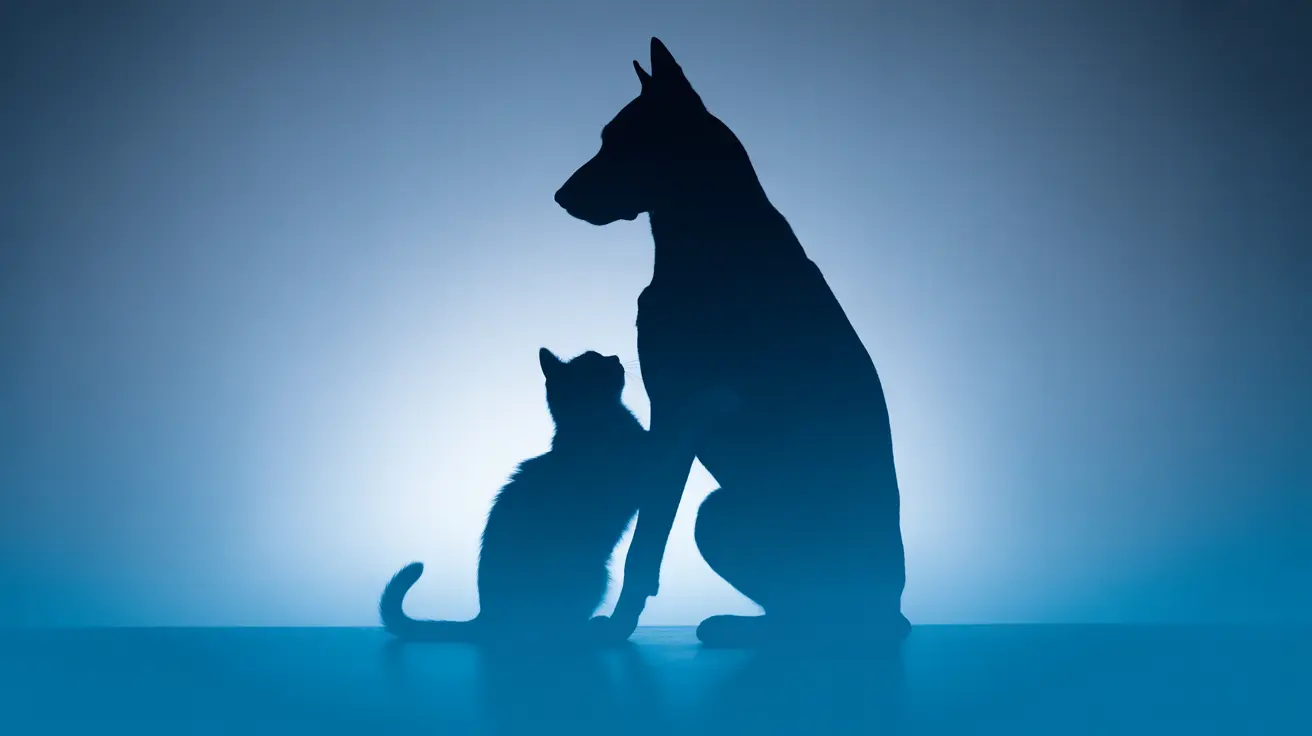Recognizing the Signs a Dog Is Dying
When your beloved dog nears the end of life, it's never easy to witness the changes that unfold. Still, understanding what to expect can help you provide comfort and make informed choices during this difficult time. While every dog's experience is unique, there are certain physical and emotional cues that frequently signal a dog is approaching their final days.
Physical Signs Your Dog May Be Dying
- Marked lethargy or withdrawal: Dogs often become extremely tired and may spend most of their time lying in one spot. They might choose quiet or unfamiliar locations away from household activity and show little interest in family members or favorite activities.
- Loss of appetite and thirst: A dying dog usually refuses food—even treats they once loved—and drinks very little water. This leads to rapid weight loss, dehydration, and visible muscle wasting (especially around the hips and spine).
- Digestive issues: Vomiting, diarrhea, or constipation are common as organ systems decline. Incontinence often develops; dogs may soil themselves without moving or appear unable to control urination or defecation.
- Mobility problems: Standing up, walking, or climbing stairs becomes difficult. Some dogs stagger or display uncoordinated movements; advanced illness can cause severe weakness or even paralysis.
- Labored breathing: Irregular breathing patterns—like rapid, shallow breaths or long pauses between breaths—may develop. Some dogs pant at rest or cough persistently; rattling sounds can indicate fluid buildup in the lungs or throat.
- Changes in body condition: Look for dull coats, dry skin, slow-healing sores, cold extremities (paws, ears), and a general drop in body temperature as circulation worsens.
Behavioral and Emotional Changes
- Withdrawal or clinginess: Some dogs seek solitude while others become unusually needy for affection. You might notice confusion or disorientation—your dog could seem lost in familiar places or fail to recognize loved ones.
- Irritability and restlessness: Temperament shifts may occur; some dogs become irritable while others grow restless or anxious. Sleep patterns often change dramatically: extended sleep spells alternate with periods of insomnia caused by discomfort.
Bodily Function Loss
- Losing control over bladder and bowels is common; soiling where they lie indicates declining muscle tone and neurological function.
- You might notice brief muscle twitching as well as loss of hygiene interest—dogs stop grooming themselves as energy wanes.
Disease-Specific Symptoms
Certain illnesses bring unique symptoms: heart failure can cause persistent coughing, blue gums, open-mouth breathing at rest, pronounced fatigue, and abdominal swelling from fluid buildup. Sudden collapse or an inability to lie down comfortably signals an emergency—contact your veterinarian immediately if these occur.
Palliative Care: Supporting Your Dog's Comfort
- Create a quiet environment with soft bedding and easy access to water. Use absorbent pads for incontinence.
- Gently clean your pet as needed; change bedding regularly to keep them dry and comfortable.
- If your dog will eat or drink, offer small amounts of high-calorie foods and water frequently (sometimes using a syringe).
Pain relief is crucial—work closely with your vet to adjust medications for pain management. Mild sedatives can ease anxiety if needed. Keep your dog's head elevated if breathing is difficult; limit movement to prevent exhaustion.
The Final Hours
As death approaches, many dogs become unresponsive with slowed breathing and sharp drops in body temperature. Restlessness may give way to deep lethargy. Some vocalize softly or twitch involuntarily; loss of bladder/bowel control is expected as systems shut down. Death is confirmed when both heartbeat and breathing have stopped for several minutes—brief post-death muscle twitches are normal due to relaxation.
The Quality of Life Scale
The Quality of Life Scale (sometimes called HHHHHMM) helps owners assess whether their dog still enjoys life by considering factors like hurt, hunger, hydration, hygiene, happiness, mobility, and good versus bad days. If bad days outnumber good ones—or joy disappears—it may be time to discuss euthanasia with your veterinarian for a peaceful passing at home or in-clinic.
Coping With Grief
Losing a pet brings real grief. Allow yourself space to mourn; reach out for support if you need it. Many find comfort in creating keepsakes or memorials honoring their dog's memory—a photo album here, a paw print there—or joining support groups with others who understand this unique bond.





